The top 5 of the best army camouflages for perfect concealment
THE armed camouflage is an essential element in the military world to ensure the protection and discretion of soldiers during their missions. There are several types that have been developed over the years, in order to offer the greatest efficiency depending on the different environments and objectives. In this article, discover the top 5 of the best camouflages used by the world armed forces to adapt to each situation.
1. Marpat camouflage (Marine Pattern)

This type of camouflage has been developed by the body of the United States Marines and is specially designed to be used in wooded and desert areas. This bariolage is in two forms: one with green tones for forests, and the other with brown tones for arid terrains. The combined use of these two versions allows soldiers to benefit from excellent concealment in various environments while retaining visual coherence within their unit.
Marpat operation
The principle of Marpat is based on the combination of pixellized and geometric patterns, which cover the entire surface of the combat outfits. This method makes it possible to effectively destroy the human silhouette, thus making soldiers less easily identifiable by the human eye or the nocturn vision devices. The colors used for this camouflage have also been finely selected to best agree with natural environments.
2. Cadpat camouflage (Disruptive Canadian Pattern)

Developed by the Canadian army, CAPT is another variant of pixelated camouflage which is available in two tones: green for wooded and white areas for snowy regions. Like the Marpat, this bariolage is based on the combination of geometric patterns which disturb the recognition of the human silhouette. It is currently used by the Canadian Armed Forces, but also by several other countries that appreciate its effectiveness and diversity of application.
Cadpat characteristics
The main advantage of CAPPAT camouflage lies in its great adaptability to the various climates encountered by the soldiers. In addition to the green and white versions, there is also a specific model for arid terrains with brown and beige tones. The juxtaposition of these three types of camouflage allows the armed forces to have an adequate solution for each situation, while retaining a coherent aesthetic between their different units.
3. Multicam camouflage

Designed by the American company Crye Precision, the multicam is a camouflage developed to be used in a wide variety of environments, ranging from desert areas to tropical forests. Its versatility lies in its many variations of colors and patterns, which allow it to adapt to almost all the situations encountered by the soldiers.
The advantages of multicam
The success of the Multicam camouflage is largely due to its ability to effectively blur the human silhouette, whatever the context. Thanks to its gradients of colors and its complex patterns, it minimizes contrasts between the different elements of the combat outfit and their environments. This concealment is also reinforced by the use of materials reflecting infrared, thus making soldiers less visible in the eyes of night vision equipment.
4. Flecktarn camouflage

Of German origin, the Flecktarn ("camouflage stain") is a type of bayage made up of irregular points and patterns. It is available in different versions adapted to forests, deserts or even mountain regions. This camouflage is used in particular by the German armed forces since the 1990s and has inspired other countries in the creation of their own concealment models.
Flecktarn design
Flecktarn has been developed from a lot of research on the perception of color and form by human eye. Its principle is based on the juxtaposition of stains of variable size, which create a visual confusion preventing to clearly distinguish the silhouette of the soldiers. Combat outfits covered with this bariolage thus offer increased protection against motion detectors and optical observation equipment.
5. The DPM camouflage (disruptive pattern material)

Coming from the United Kingdom, the DPM is a type of camouflage developed in the late 1960s to be used by the British armed forces. It is characterized by its patterns composed of organic and irregular forms, which imitate natural elements such as leaves, branches or rocks. This bariolage has been available in several versions to adapt to the different environments encountered by soldiers, such as deserts, mountainous regions or urban areas.
DPM efficiency
Although it is one of the oldest camouflages on this list, the DPM remains very effective today to hide the soldiers in various contexts. Its originality lies in its ability to harmoniously mix the combat outfits with their environments, while retaining a general appearance consistent and pleasant to the eye. This bariolage is also very versatile, since it can be easily modified to agree with the different types of land encountered in the world, for even more effective camouflage, most of the armies in the world also add military camouflage nets in their arsenal!
Over the years, armies around the world have developed a whole range of camouflages to improve the protection and discretion of their soldiers during their missions. Among the many existing models, these 5 camouflages are distinguished by their great efficiency and their adaptability to the various contexts encountered in the field. Whether pixelated like the Marpat, versatile like multicam or organic like the DPM, each of these bays has proven itself in the concealment of the armed forces through the globe.

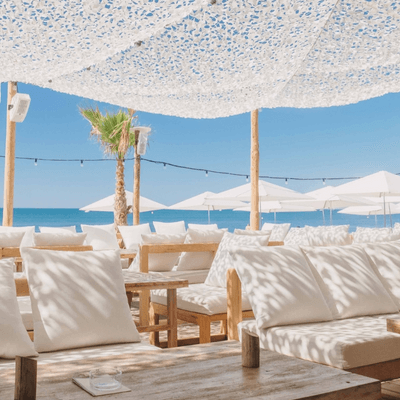
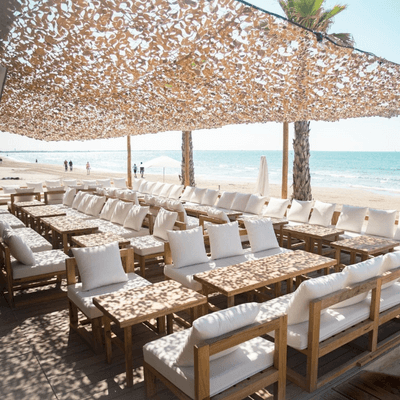
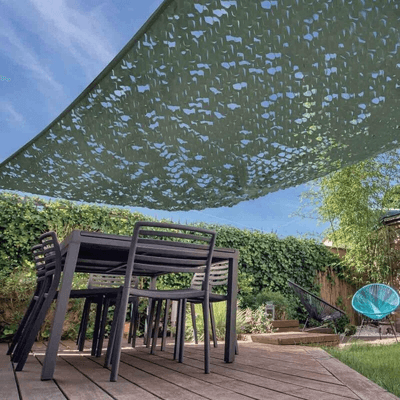
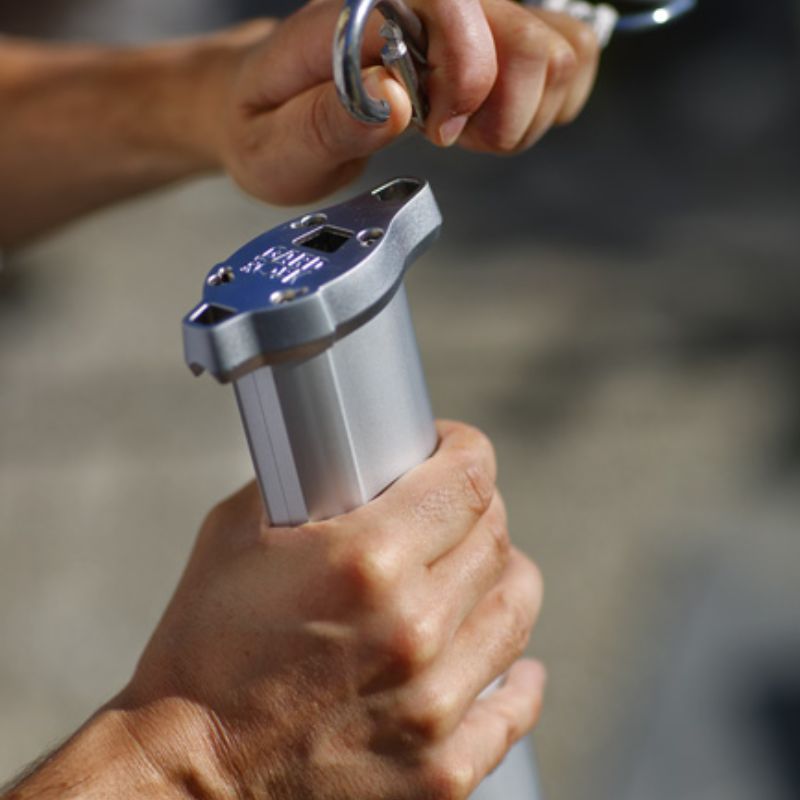
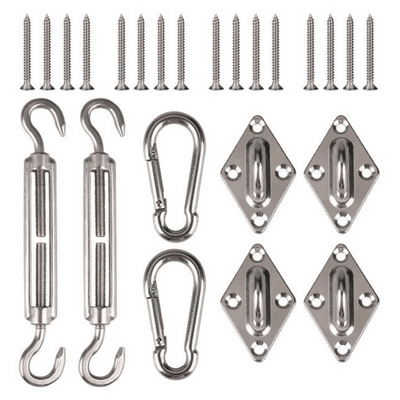
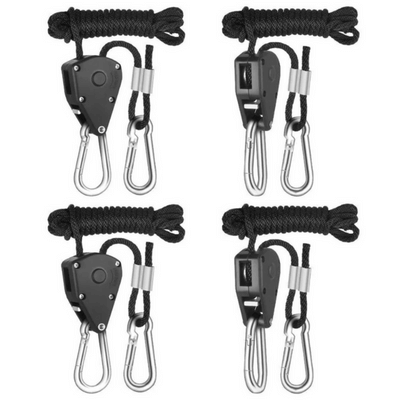
Let a comment
All comments are moderate before being published.
This site is protected by hCaptcha and the hCaptcha Privacy Policy and Terms of Service apply.